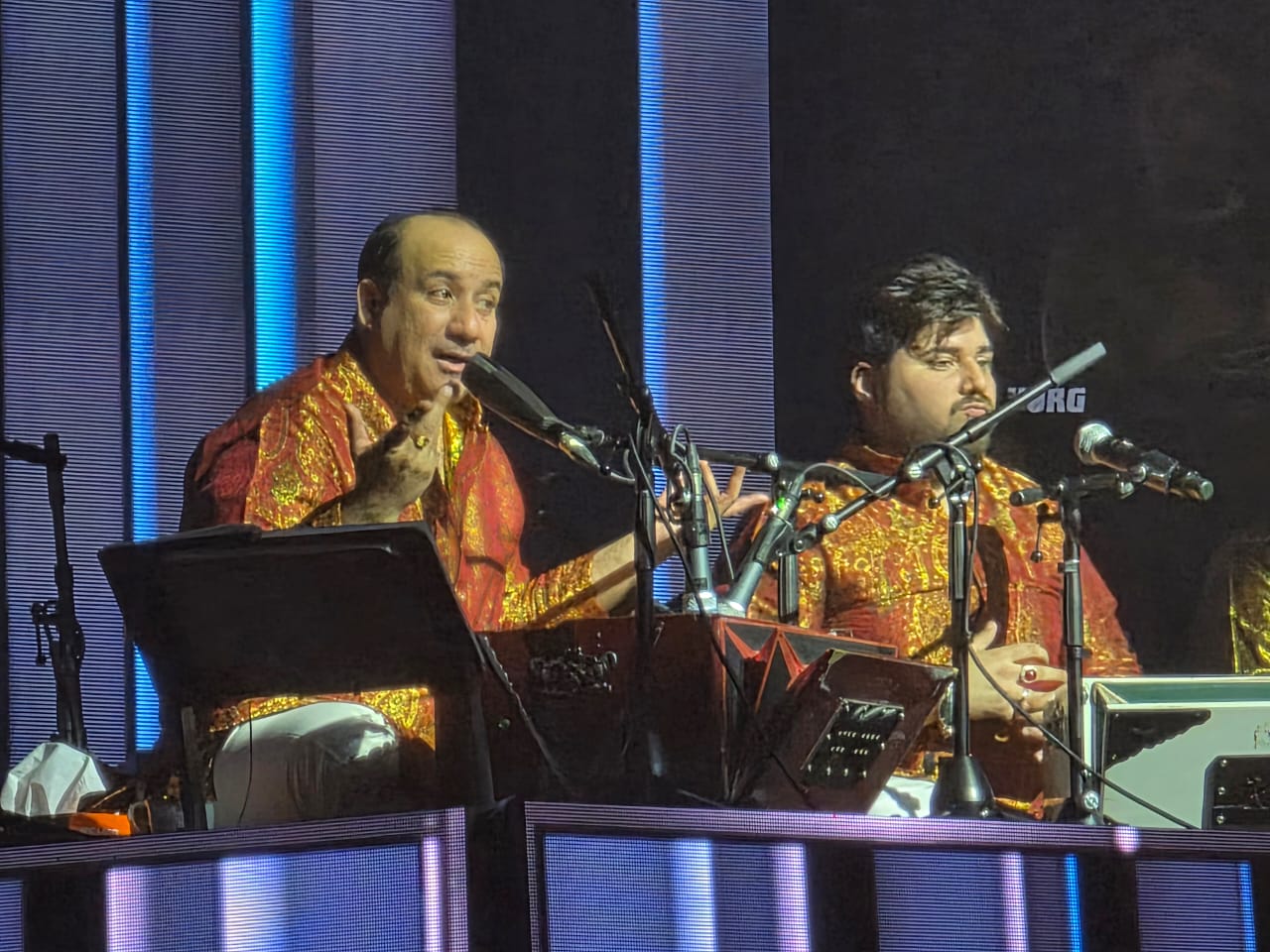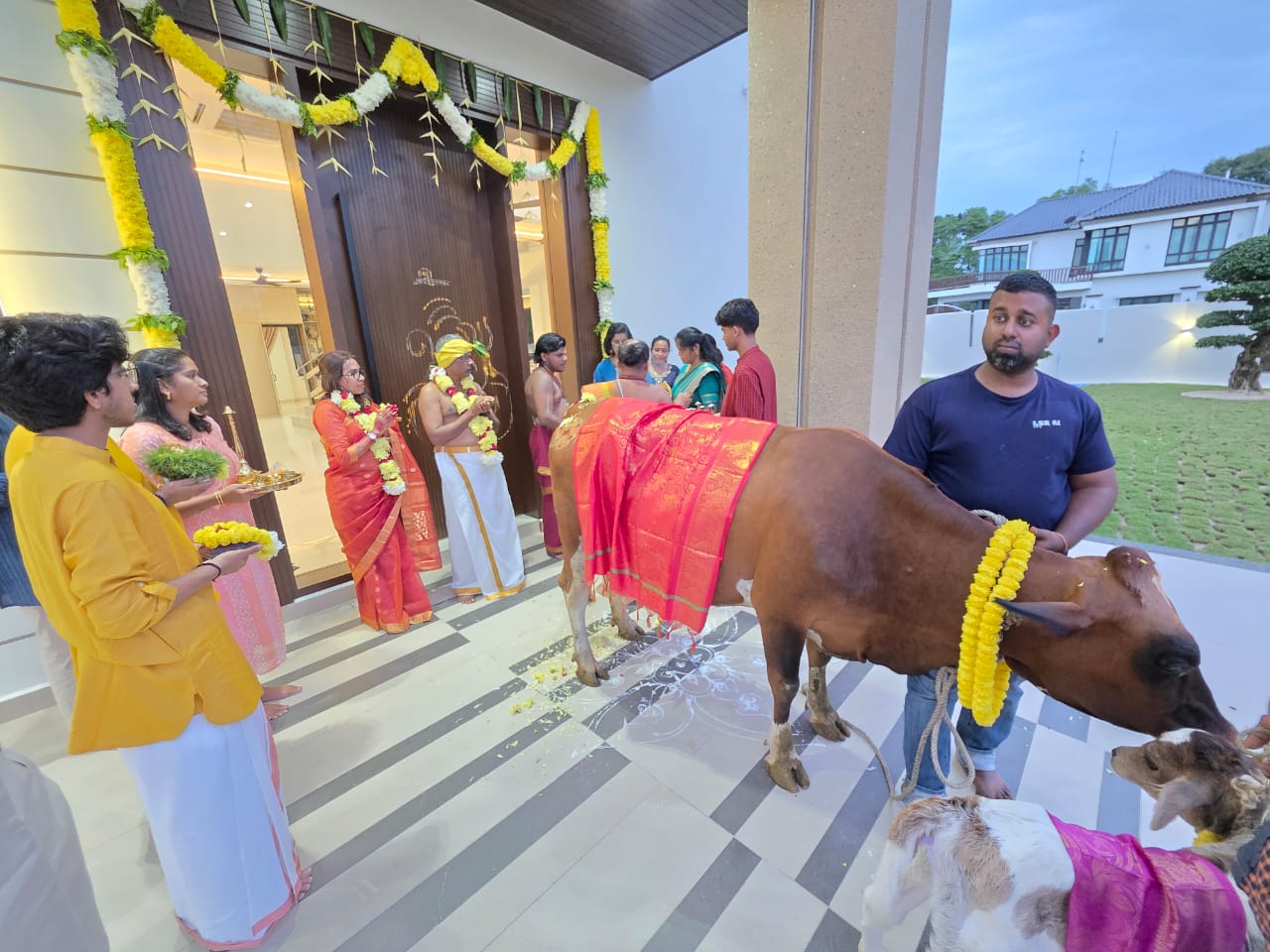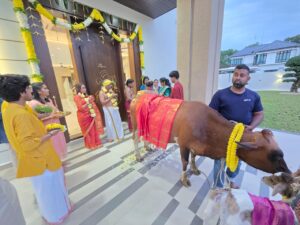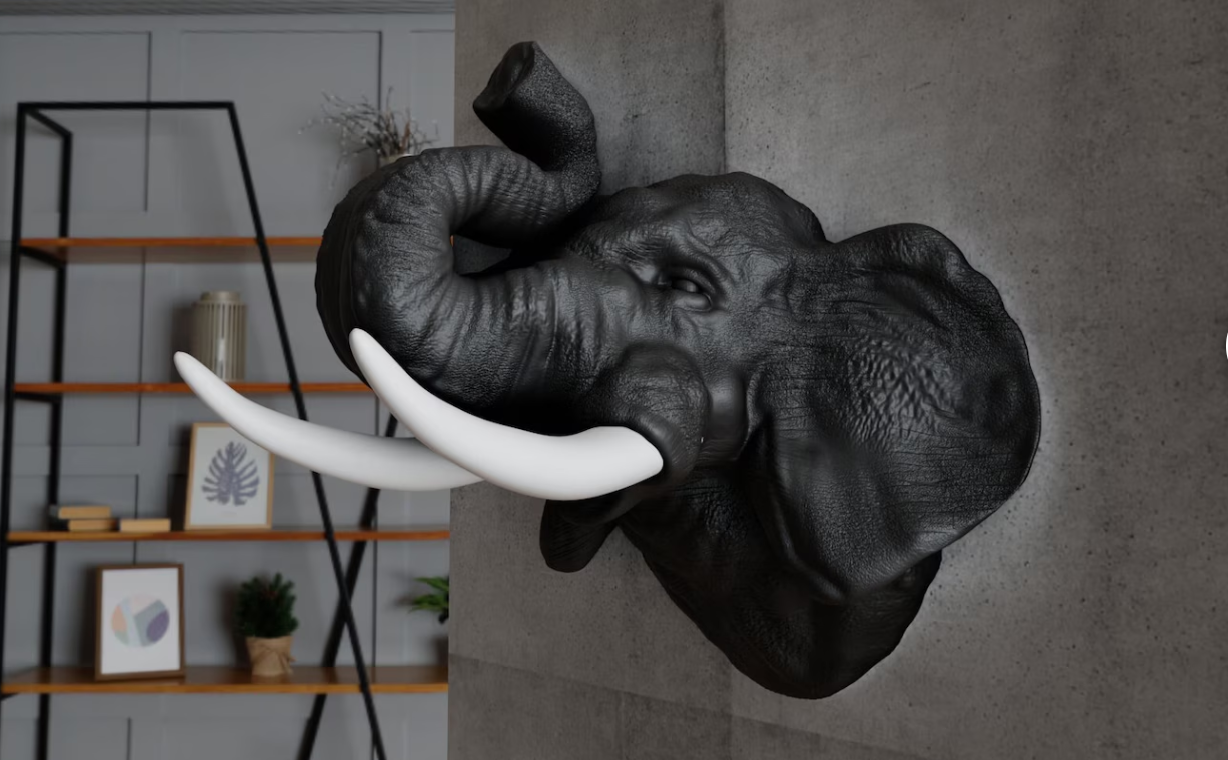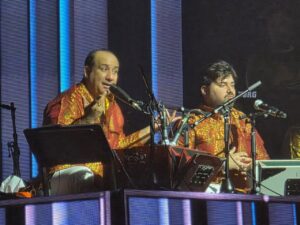
 I attended a concert that reminded me why live music still matters, not for its spectacle, but for the deep connection it fosters.
I attended a concert that reminded me why live music still matters, not for its spectacle, but for the deep connection it fosters.
The performers were the legendary Ustad Rahat Fateh Ali Khan and his son, Shahzaman Fateh Ali Khan, at the Idea Live Arena in Petaling Jaya on November 1. Although packed to the last row, the venue felt like a shrine.
It wasn’t just a performance; it was a spiritual exchange, as for the first time, he shared the stage with his son, Shahzaman, in Malaysia.
As the lights dimmed, the first notes of the harmonium cut through the murmuring crowd. Rahat, in his signature orange kurta, took his seat with the quiet authority of a man who doesn’t need introduction.
To his left sat Shahzaman, his protege and musical heir, radiating reverence and readiness.
The applause faded, and suddenly, all that remained was sound, devotion, and something ineffable that filled the space between them.
The concert opened with the soulful Bollywood number “Tu Na Jaane Aas Paas Hai Khuda”, from the movie Anjaana Anjaani, instantly warming up the audience and setting a heartfelt tone for the evening.
It was followed by “Afreen Afreen,” a song immortalised by Rahat’s uncle and guru, the great Nusrat Fateh Ali Khan.
Even before the first verse ended, the crowd was transported. The song’s poetry, written by Javed Akhtar, celebrates beauty, both divine and human.
Though I don’t speak Urdu, the tenderness in Rahat’s delivery was unmistakable.
Every “Afreen”, meaning “praise be”, felt like a benediction, a soft invocation that made even the air shimmer.
I found myself wondering how a song I couldn’t linguistically understand could still feel so intimate.
Perhaps that’s the magic of Qawwali, a form that has always aimed higher than words. Originating in Sufi shrines centuries ago, Qawwali seeks not to entertain but to elevate.
Its purpose is to bring listeners closer to the divine through repetition, rhythm, and surrender. Sitting there, among hundreds swaying in unison, I realised that even without comprehension, I was participating in that same act of devotion.
When Rahat moved into “Tere Bin Nahi Lagda”, the mood shifted from exaltation to yearning.
This was one of his first major Bollywood hits, from the film Simmba, and it carried the ache of a soul searching for something beyond itself.
The line “Tere bin main kaise jiyoon” (How can I live without you) seemed to echo in every corner of the hall.
I didn’t need translation; the longing in Rahat’s voice said everything. His singing is not about ornamentation or technical brilliance, though he has both in abundance; it’s about emotion distilled to its purest form.
What struck me most throughout the non-stop 2 ½ hour show was the interplay between father and son.
Their chemistry was unspoken yet intense, the mentor and the disciple, the bearer and the inheritor of a legacy that spans generations.
They took turns performing several songs, and at one point, I could hardly tell who was singing, their voices blended so perfectly that they sounded identical.
During several songs, their voices danced around each other like twin flames.
Shahzaman’s tone carried youthful freshness, while Rahat’s was steeped in experience, together creating something that felt both old and new.
Watching them, I realised this wasn’t merely a concert; it was continuity in motion.
Then came “O Re Piya,” from the movie Aaja Nachle and with it, silence; the kind of stillness only great music can command, reverent, heavy, and collective.
The song, one of Rahat’s most beloved performances, is essentially a plea to a distant beloved, a metaphor for the Divine in Sufi poetry.
The way his voice rose on the word “Piya”, beloved, was almost unbearable in its beauty. Around me, strangers had their eyes closed, swaying, some quietly wiping tears.
I wasn’t the only one moved by a language I couldn’t speak.
Between songs, Rahat occasionally spoke, softly, humbly, thanking the audience, invoking his uncle’s memory, and acknowledging Shahzaman’s growing artistry.
At one point, he gave Shahzaman an appreciative pat on the back for his outstanding performance. In a touching gesture of respect, Shahzaman immediately bowed and touched his father’s feet.
His humility was disarming. Here was a man whose voice had graced global stages, who had sung for Bollywood blockbusters and royal weddings alike, yet he spoke like a student of the art, not its master.
Perhaps that, too, is the Sufi way, to see oneself always in service to something larger.
The concert’s climax was “Tumhe Dillagi Bhool Jani Padegi.” The song, a classic qawwali about love, loss, and transcendence, was delivered with a rawness that silenced even the most restless in the crowd.
The tabla beats grew insistent, the chorus joined in, and Rahat’s voice soared, defiant and tender at once.
It was no longer a performance; it was an invocation.
When the final note faded, there was a long pause before applause erupted, the kind of pause born not from hesitation, but from awe. We weren’t ready to return to the ordinary world just yet.
Walking out into the night, I tried to name what I had experienced. I couldn’t. I didn’t understand the lyrics, but I understood everything they meant.
The music had bypassed intellect and spoken directly to emotion, proof that the heart has its own language, one that requires no translation.
In an age where concerts often feel like spectacles, full of lights, smoke, and choreography, Rahat and Shahzaman reminded me of something simpler: that actual music is not about performance, but presence.
It’s about the human voice as an instrument of truth, longing, and grace.
Rahat’s music endures because it reminds us that even when words fail, the heart still knows how to listen.
Award-winning writer Dr T. Selva is the author of the bestsellers Vasthu Sastra Guide and Secrets of Happy Living. To get a copy, WhatsApp 019-2728464. He can be reached at drtselvas@gmail.com. Facebook: Vasthu Sastra



